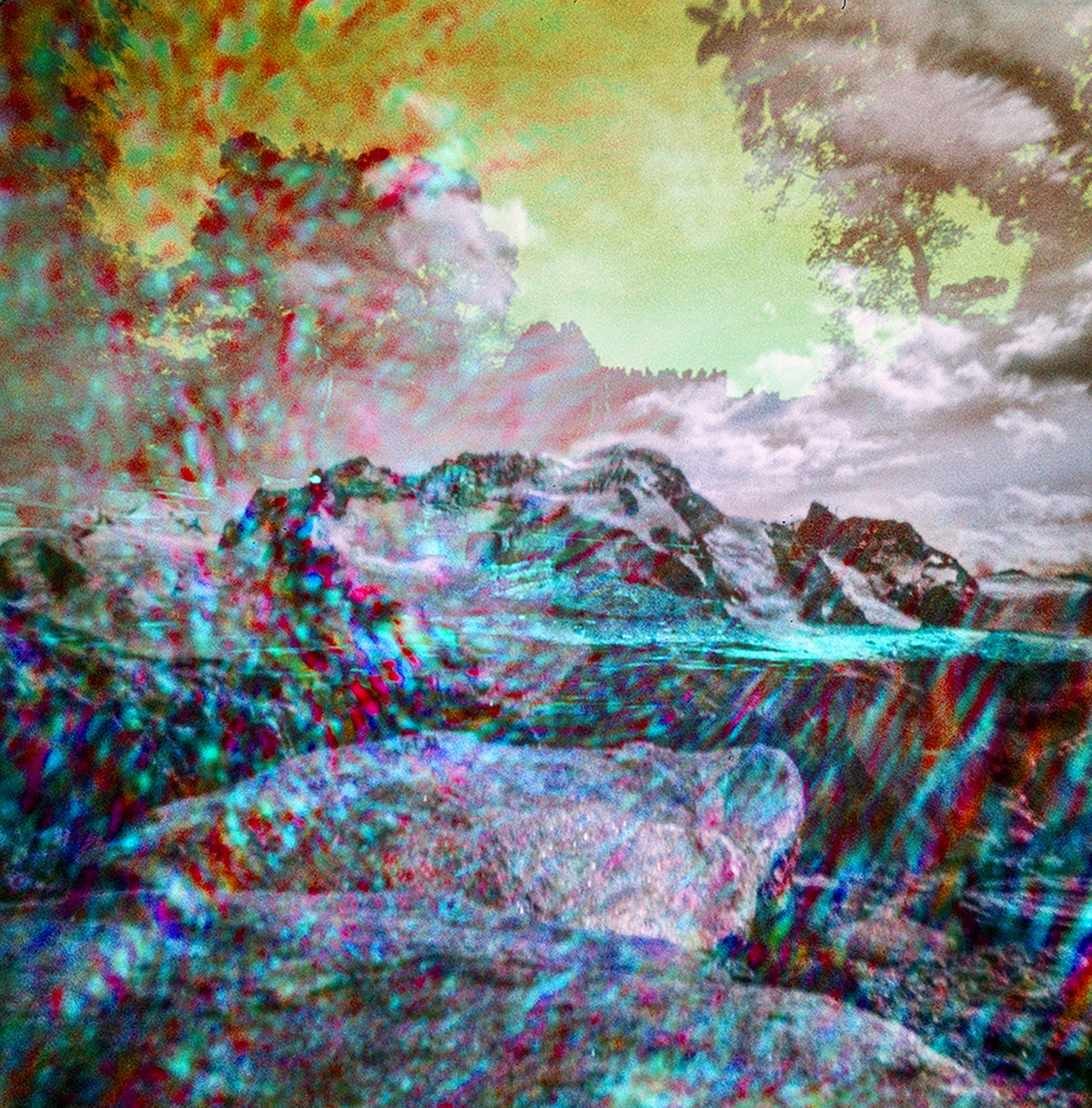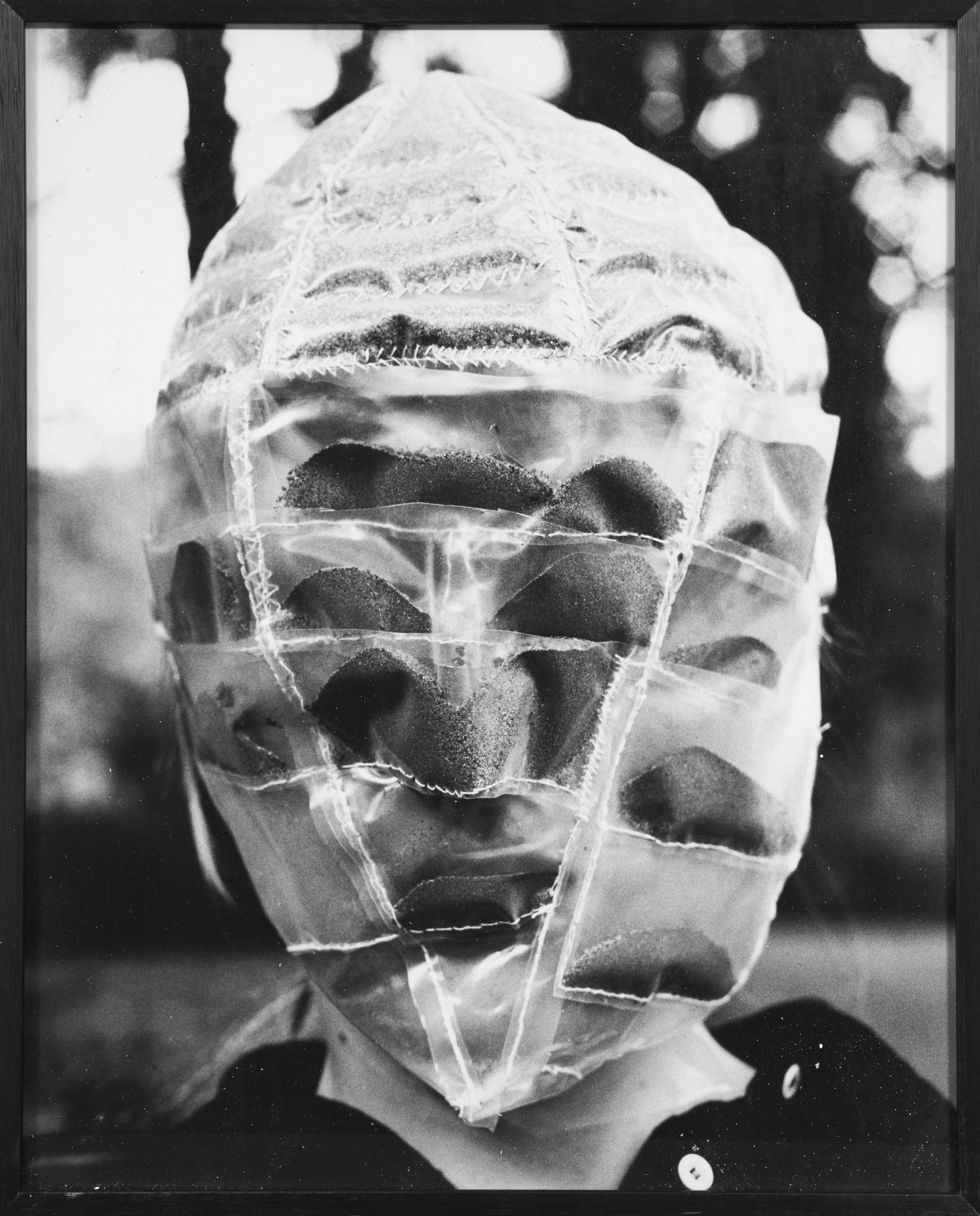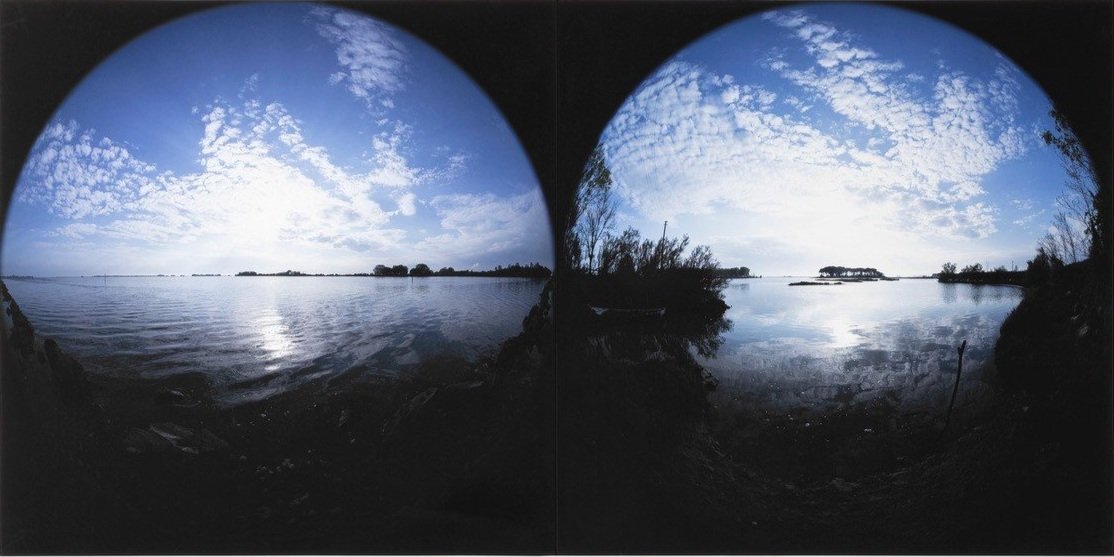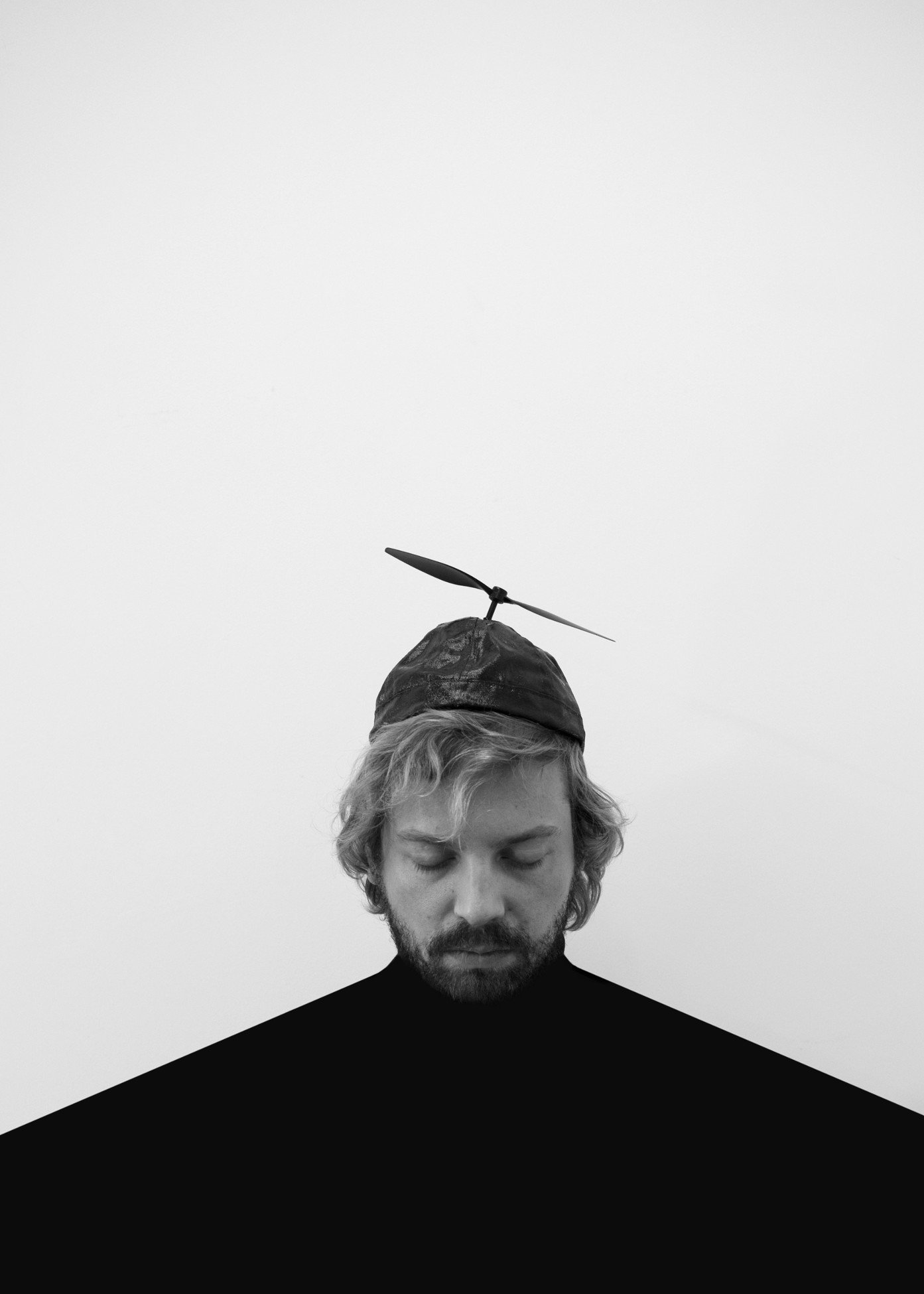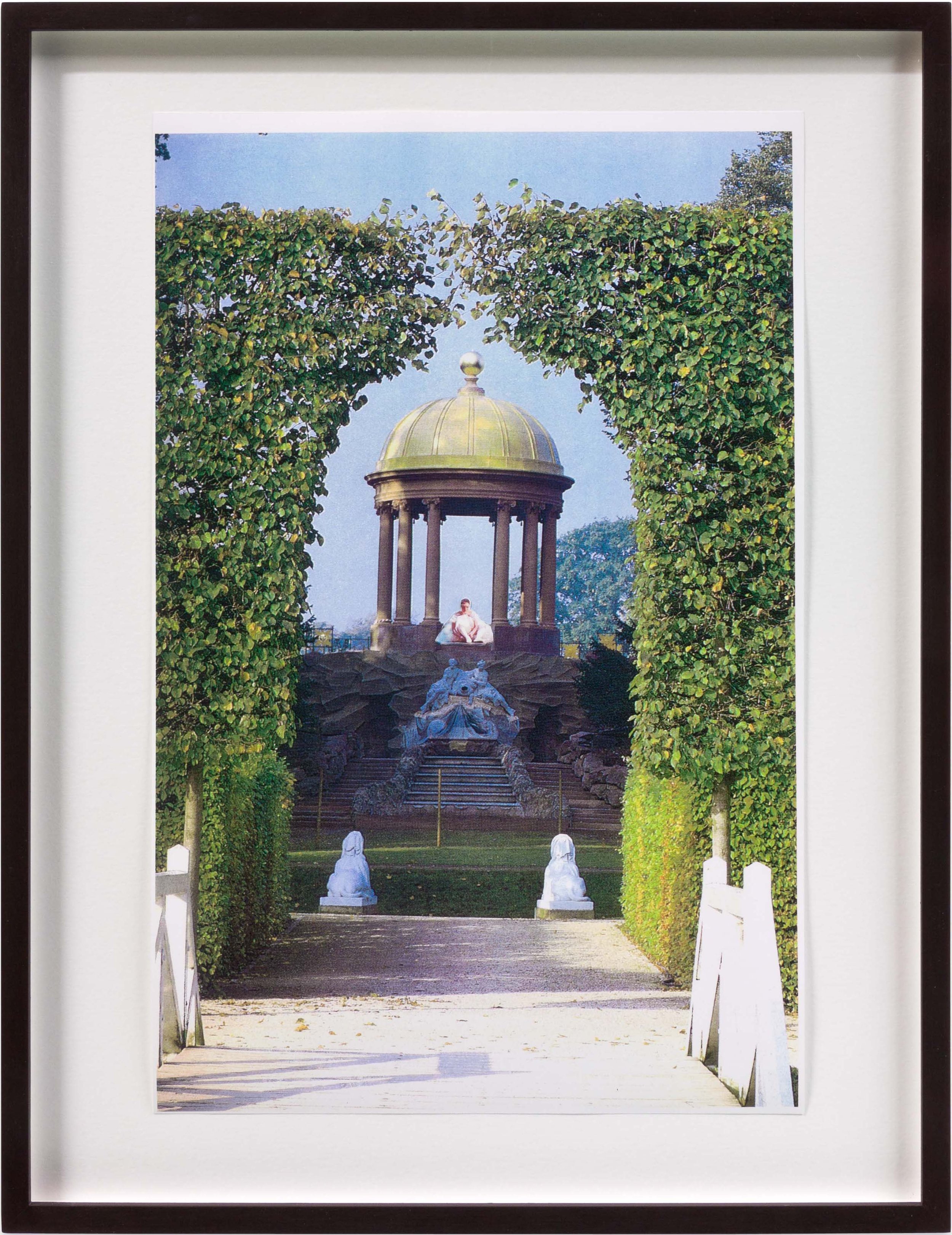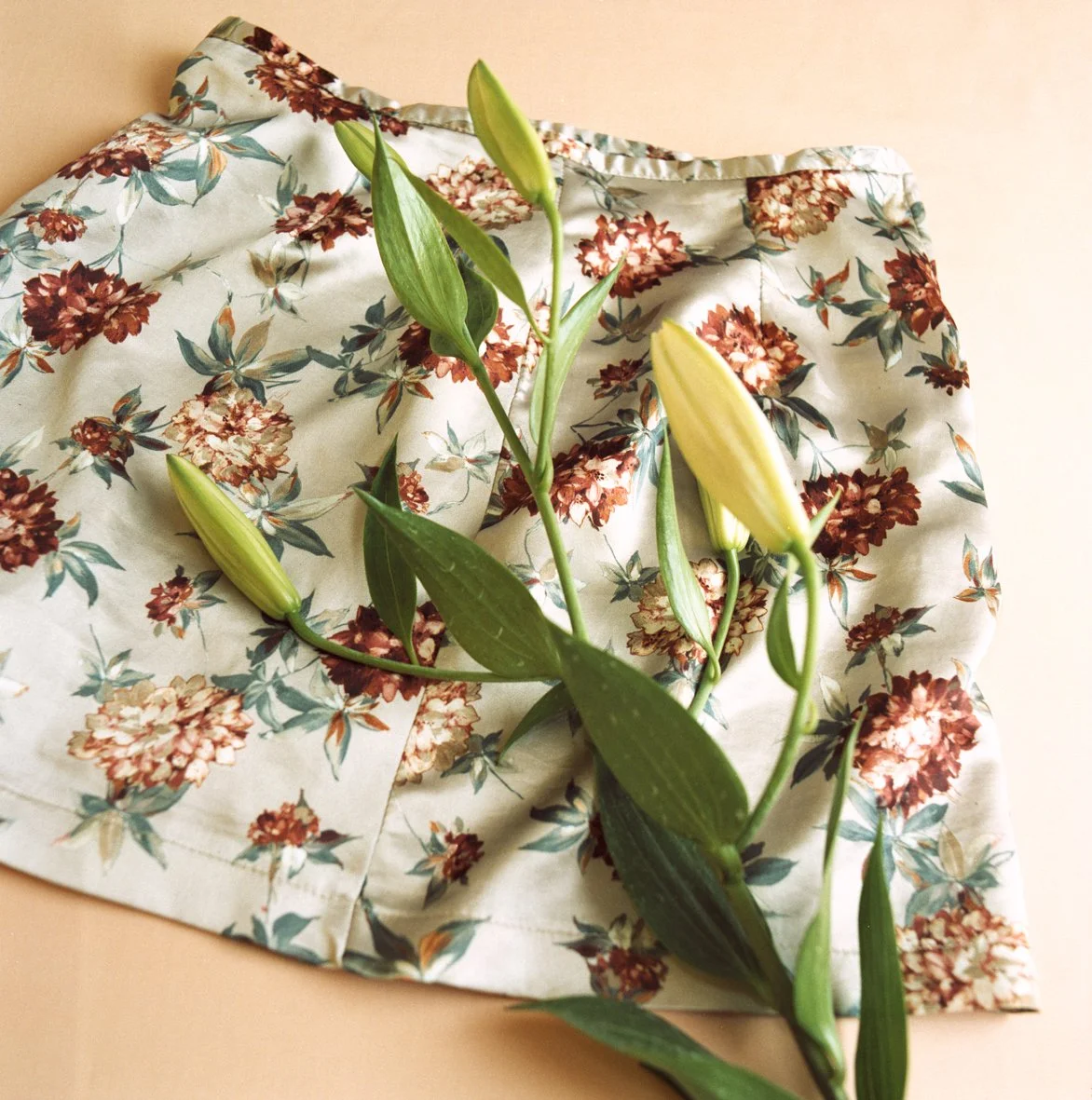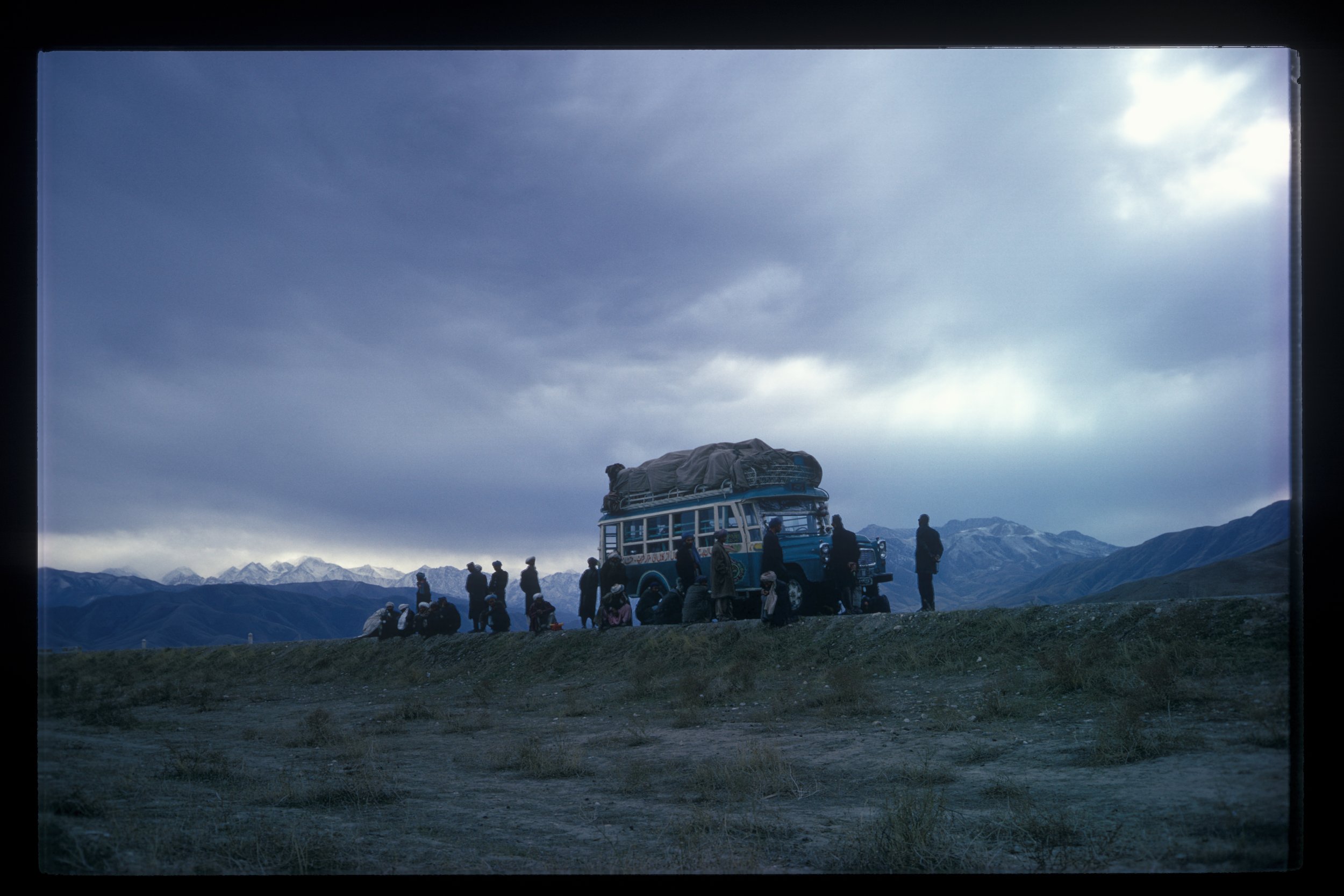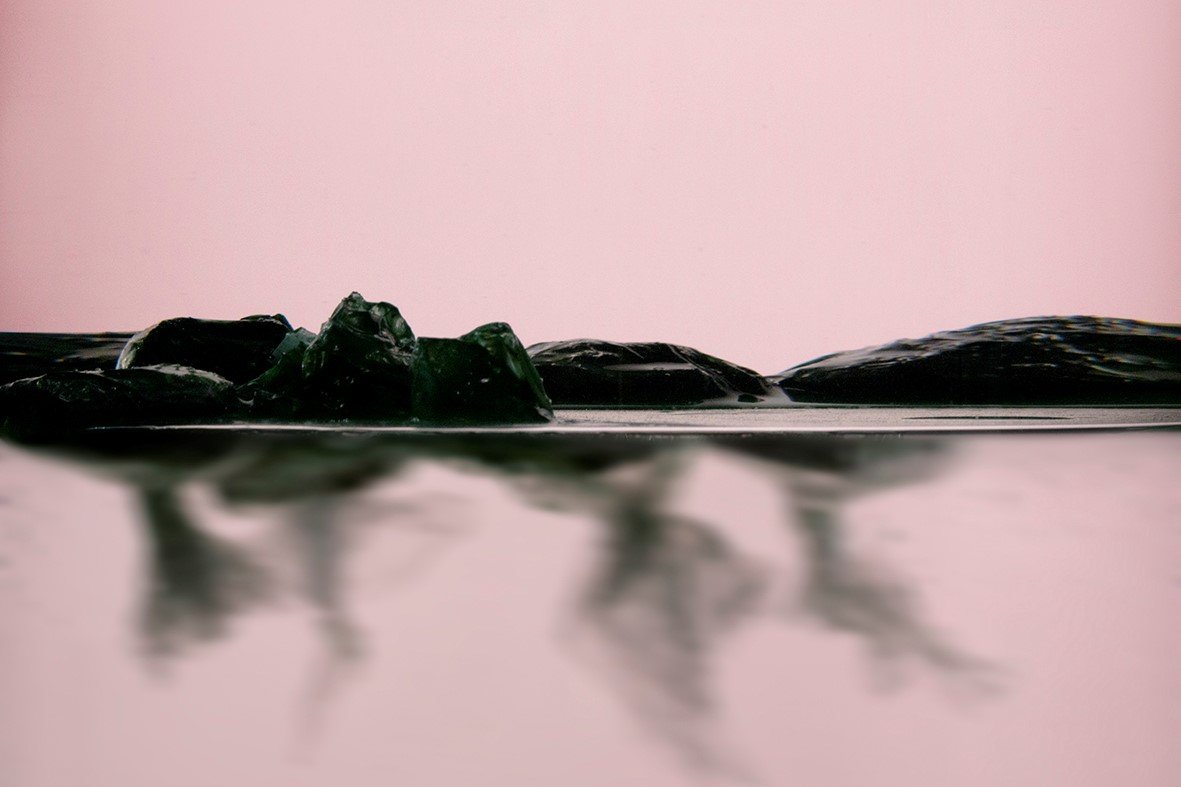
Hans Peter Jost. Sehnsucht Alpen | Bsinti | Braunwald
Bsinti | Braunwald
28. Juni 2025
Hans Peter Jost. Sehnsucht Alpen
Braunwald mit Tödi © Hans Peter Jost
Mit einer scheinbar simplen Technik fängt Hans Peter Jost die Essenz der Natur ein: Seine stimmungsvollen Aufnahmen, entstanden mit der traditionsreichen Lochkamera, entführen die Betrachtenden in eine Welt voller Anmut und Stille. Sanfte Konturen, das Spiel von Licht und Schatten sowie die unverwechselbare Unschärfe verleihen den Bildern eine beinahe träumerische Atmosphäre – von majestätischen Bergen bis hin zu stillen Blumenwiesen.
Die Pinhole-Fotografie zählt zu den ältesten fotografischen Verfahren und wirkt gerade deshalb so modern: Ohne Linse und technische Perfektion entsteht eine Ästhetik, die den Blick entschleunigt und die Seele berührt. In Josts Werken werden Landschaften ebenso wie einfache Motive zu leisen Meditationen über die Schönheit des Moments.
Kurator Fridolin Walcher lädt gemeinsam mit Hans Peter Jost zu einer besonderen Entdeckungsreise – im neuen Ambiente des BSINTI verschmelzen künstlerische Vision und raumfüllende Gegenwart. Die Ausstellung offenbart die zeitlose Magie einer der ursprünglichsten fotografischen Ausdrucksformen und eröffnet neue Perspektiven, um die Welt zu sehen.
Niesen © Hans Peter Jost
Avec une technique en apparence simple, Hans Peter Jost saisit l’essence de la nature : ses images atmosphériques, créées avec la traditionnelle caméra obscure, transportent le spectateur dans un monde empreint de grâce et de silence. Des contours doux, le jeu de la lumière et de l’ombre ainsi qu’un flou distinctif confèrent aux photographies une atmosphère presque onirique – des montagnes majestueuses aux prairies fleuries silencieuses.
La photographie au sténopé est l’une des plus anciennes méthodes photographiques et, pour cette raison même, paraît aujourd’hui si contemporaine : sans lentille ni perfection technique, une esthétique naît, ralentissant le regard et émouvant l’âme. Dans les œuvres de Jost, paysages mais aussi motifs simples deviennent des méditations silencieuses sur la beauté de l’instant.
Le commissaire d’exposition Fridolin Walcher invite à un voyage de découverte particulier, en compagnie de Hans Peter Jost – dans la nouvelle ambiance du BSINTI, la vision artistique fusionne avec la présence du lieu. L’exposition dévoile la magie intemporelle d’une des formes d’expression photographique les plus originelles et ouvre de nouvelles perspectives pour voir le monde.
Berninamassiv © Hans Peter Jost
Con una tecnica apparentemente semplice, Hans Peter Jost cattura l’essenza della natura: le sue immagini suggestive, realizzate con la tradizionale fotocamera a foro stenopeico, trasportano lo spettatore in un mondo di grazia e silenzio. Contorni morbidi, il gioco di luce e ombra e una caratteristica sfocatura conferiscono alle fotografie un’atmosfera quasi onirica – dalle maestose montagne ai silenziosi prati in fiore.
La fotografia a foro stenopeico è una delle tecniche fotografiche più antiche e, proprio per questo, appare oggi così moderna: senza lente e senza perfezione tecnica, nasce un’estetica che rallenta lo sguardo e tocca l’anima. Nelle opere di Jost, paesaggi e anche soggetti semplici diventano meditate contemplazioni sulla bellezza dell’attimo.
Il curatore Fridolin Walcher, insieme a Hans Peter Jost, invita a un particolare viaggio di scoperta – nella nuova cornice del BSINTI, visione artistica e spazio espositivo si fondono. La mostra rivela la magia senza tempo di una delle forme più pure di espressione fotografica e offre nuove prospettive per vedere il mondo.
Bernina © Hans Peter Jost
With an apparently simple technique, Hans Peter Jost captures the very essence of nature: his atmospheric images, created with the traditional pinhole camera, transport viewers into a world full of grace and silence. Soft contours, the play of light and shadow, and a distinctive blurriness lend the photographs an almost dreamlike quality – from majestic mountains to quiet wildflower meadows.
Pinhole photography is one of the oldest photographic techniques, and it feels particularly contemporary today: without a lens or technical perfectionism, it gives rise to an aesthetic that slows the gaze and touches the soul. In Jost’s works, landscapes and even simple subjects become meditative reflections on the beauty of the moment.
Curator Fridolin Walcher, together with Hans Peter Jost, invites you on a unique journey of discovery – in the new ambience of BSINTI, artistic vision merges with the present moment. The exhibition reveals the timeless magic of this primal form of photographic expression and opens up new perspectives on how to see the world.













